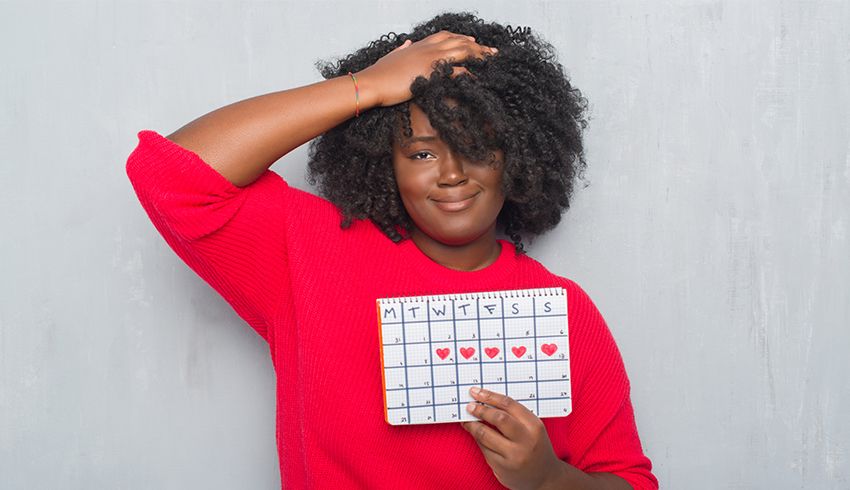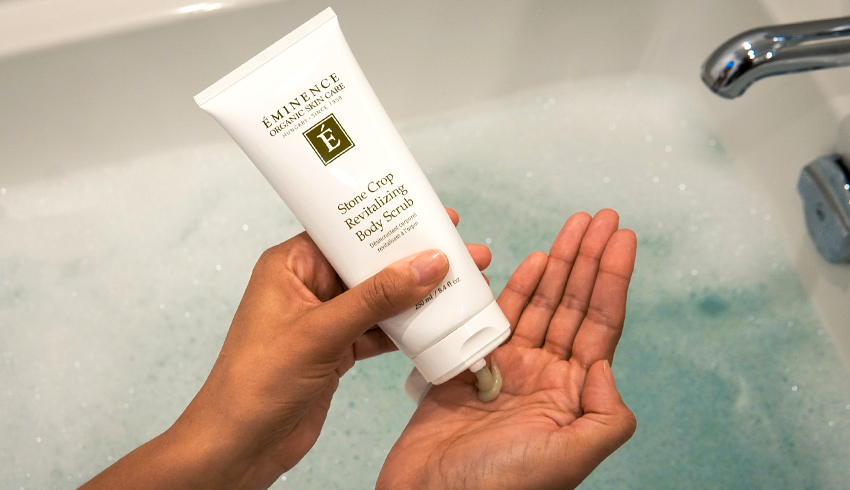
We’ve all heard of counterfeit designer goods - but counterfeit beauty? With online shopping (and bargain hunting) on the rise, finding fake beauty and skin care products is increasingly common. Read on for our guide to spotting and avoiding counterfeit beauty - and why you should be on the lookout for the real thing.
The Counterfeit Beauty Industry
The spread of counterfeit beauty has become so problematic that the U.S. Department of Homeland Security launched a division called Operation Plastic Beauty, designed specifically to prevent its expansion. The results of one investigation revealed that 20 of 47 products purchased from third-party sellers were counterfeit. In each case, the seller had a customer rating of at least 90 percent, instilling misplaced trust that can hurt the end consumer.
Why Avoid Counterfeit Skin Care
So, what’s the big deal? When customers aren’t buying what they think they’ve paid for, the results can be problematic. Here’s a closer look at the risks you take when you purchase counterfeit skin care products.
Ineffective Ingredients
If you purchase counterfeit personal care products, odds are they will turn out to be ineffective. In some cases, you will have purchased ‘authentic’ products that have passed their prime (and lost their potency). In others, they are cheap imitations that are masquerading as the real thing. These typically include filler ingredients that have a lower percentage of actives and are chemically-based rather than natural and organic.
Potential Health Risks
Counterfeit products aren’t regulated and don’t abide by safety and sanitation guidelines. This means there is no way of knowing what they include, where their ingredients are sourced or how they are manufactured. According to the U.S. Chamber of Commerce, this poses “a safety risk for consumers, due to hazardous or banned alternative ingredients being incorporated into formulations.” Studies of seized cosmetics have shown that some contain high levels of bacteria as well as toxic ingredients such as lead, arsenic and mercury.
Peace Of Mind
When it comes to peace of mind, there isn’t any. Manufacturers can only stand behind their products when they are purchased from authorized resellers. Counterfeit cosmetics don’t have a chain of custody that dictates when the product was made, where it has been and how it has been stored. Candice Li, VP for Global Public Affairs and Membership of the International AntiCounterfeiting Coalition tells Refinery29: “Counterfeits are dangerous because the people who are making the products are taking shortcuts in how they’re made … At the end of the day, all counterfeiters really care about is your money. They don’t care if they give consumers a bad product - or no product whatsoever.”
How To Ensure You’re Buying Authentic Products
If counterfeit beauty products are such a problem, how do you tell the difference? As a general rule, if the product isn’t coming directly from the manufacturer or its authorized sellers (even if it’s from a giant online retailer) there is a high probability that it is fake. For genuine Eminence Organics products, you should either purchase from our spa partners, authorized online distributors or from our website.
Here are a few guidelines to keep in mind when you’re shopping online.

Check The Label
Counterfeiters often skip important details. Business Insider advises examining the label and keeping an eye out for these general tricks: “Tags, typos, misspellings and poor printing should all be on your radar. Packaging should include all the retail packaging for new products, such as manuals or printed materials, and UPC barcodes.” Be sure to cross-reference the product with the one on the brand’s official website to make sure everything matches up.
Use Common Sense
If an offer from a retailer seems too good to be true, it probably is. Sonia Batra MD says: “Pay close attention to the prices, packing and quality of the product. If the price is too good to be true, if the packaging is discolored or missing a barcode, or if the consistency or texture of the product seems different than the original, you are most likely looking at a counterfeit product.” If it seems suspiciously cheap or is sold in bulk, it’s likely a knockoff.
Ask Questions
If something doesn’t feel right, ask! Contact the brand themselves to check that you are purchasing from an authorized retailer or to alert them that something seems off. At Eminence Organics, we are always happy to guide your purchasing decisions and direct you to a genuine reseller in your area.
The best place to purchase our award-winning skin care is from an Eminence Organics spa partner. When you visit an authorized spa, not only will you be receiving fresh and authentic products, you will also be evaluated by a trained professional who can recommend the best products for your skin type and concerns.
Find out more about why authenticity is important to us and use our Spa Locator to find an authorized spa partner near you!



